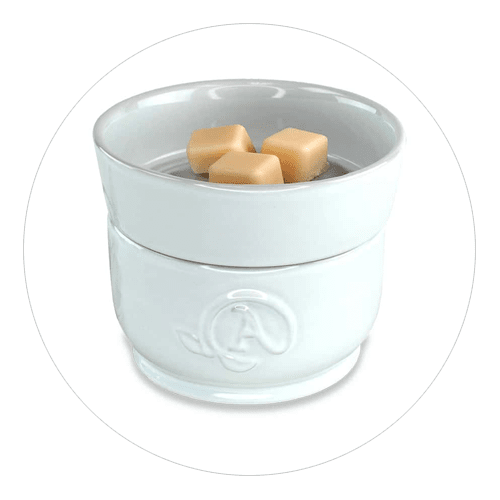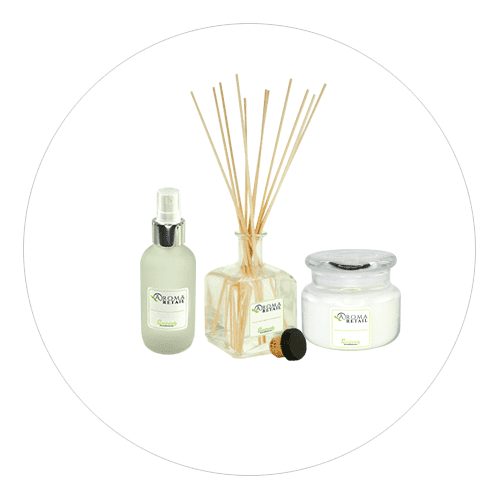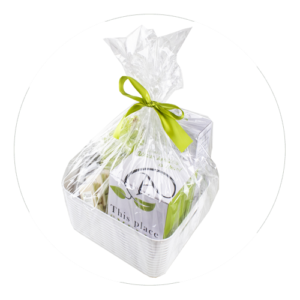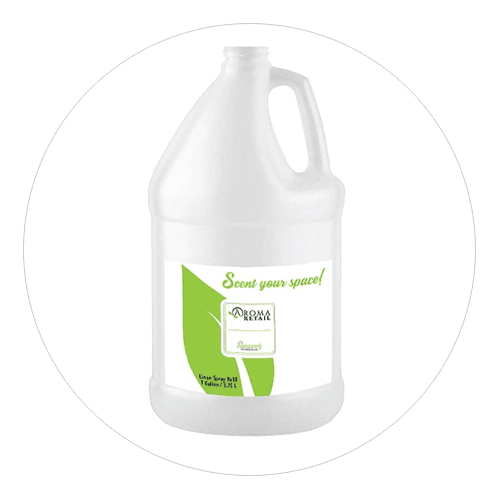Lavender Garden Scent
Lavender Garden Scent Stand in the middle of a 17th century English lavender garden of a country mansion with this complex gathering of everything you would expect to see and smell: Top notes of Lavender, Eucalyptus, Lime, and Orange, with middle notes of Jasmine, Lily of the Valley, and Violet, anchored to nature with base notes of Musk, Cedarwood, and Amber.
Ingredients: Lavender, Orange, Jasmine, Eucalyptus, Lime, Lily of the Valley, Violet, Musk, Cedarwood, Amber
Lavender Garden
Lavandula, also known as Lavender is a genus of 47 known species of flowering plants in the mint family, Lamiaceae. It is native to the Old World and is found from Cape Verde and the Canary Islands, Europe across to northern and eastern Africa, the Mediterranean, southwest Asia to southeast India.
Many members of the genus are cultivated extensively in temperate climates as ornamental plants for garden and landscape use, for use as culinary herbs, and also commercially for the extraction of essential oils. The most widely cultivated species, Lavandula angustifolia, is often referred to as lavender, and there is a color named for the shade of the flowers of this species. Despite its use over centuries in traditional medicine and cosmetics, there is no high-quality clinical evidence that lavender has any effects on diseases or improves health. The genus includes annual or short-lived herbaceous perennial plants, and shrub-like perennials, subshrubs or small shrubs.
Leaf shape is diverse across the genus. They are simple in some commonly cultivated species; in other species, they are pinnately toothed, or pinnate, sometimes multiple pinnate and dissected. In most species the leaves are covered in fine hairs or indumentum, which normally contain the essential oils. Flowers are borne in whorls, held on spikes rising above the foliage, the spikes being branched in some species. Some species produce coloured bracts at the apices. The flowers may be blue, violet or lilac in the wild species, occasionally blackish purple or yellowish. The calyx is tubular. The corolla is also tubular, usually with five lobes (the upper lip often cleft, and the lower lip has two clefts).








































